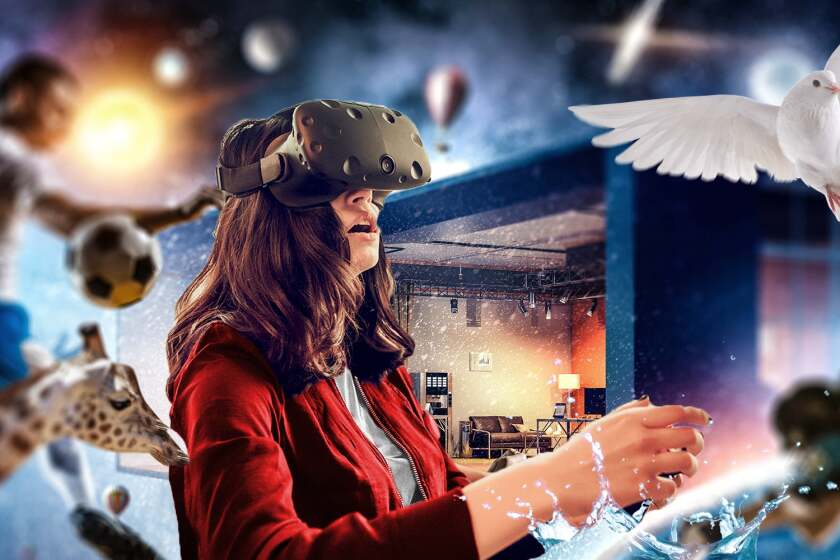MEDIA RELEASE - Vodafone and Police Search and Rescue (SAR) have successfully tested a unique network prototype that has the potential to save lives by supporting real life search and rescue operations in future.
‘Search and Rescue Network’ creates an area of mobile phone coverage beneath a search helicopter as it flies overhead – giving rescuers the ability to communicate with cell phones below.
Vodafone and Police SAR recently tested the prototype in the Hunua Ranges – a 15,000 square kilometre zero coverage area of bushland near South Auckland popular with trampers, campers and holiday makers.
They will continue to collaborate with a view to develop it further with added functionality such as GPS and call bridging.
Auckland SAR coordinator for Police, Sargent Dene Duthie said, “It is very exciting to have a two way communications system in a zero coverage area that actually lets us communicate directly with a missing person. There have been a number of cases in the past where technology could have saved us time, money and potentially lives. We are looking forward to this going further,” said Dene.
The idea for Search and Rescue Network came after American tourists Rachel and Carolyn Lloyd were rescued in the Tararua Ranges in May 2016. The mother and daughter had been missing for several days before a rescue helicopter spotted their ‘HELP’ sign laid out in rocks on the ground.
Vodafone Technology Director Tony Baird said, “After watching the Lloyd’s story we figured there must be a way Vodafone innovation could help SAR teams locate missing people faster. With this innovation, it’s like we’re creating a searchlight across the bush using a mobile signal. We’re really keen to keep working with SAR to get this technology to a stage where it could be used in real life search and rescue operations,” he said.
In its current form, the Search and Rescue Network detects a cell phone ‘ping’ – a signal mobile phones emit when they are attempting to connect with a nearby cell site.
Once the ping is detected by the equipment inside the helicopter, it shows up on an on board computer screen – giving SAR teams a narrowed search area to locate a missing person.
When they hear the helicopter overhead, the missing person on the ground can check for signal bars on their cell phone and make a 111 emergency call, which is answered by rescue crew inside the helicopter.
The missing person can then communicate with the helicopter crew via their cell phone – providing crucial information such as their condition, any landmarks or other information about their location. This can then be shared with SAR rescue crews on the ground to help direct their search efforts.
The Search and Rescue Network prototype is the latest ‘zero coverage’ innovation from Vodafone designed to support kiwi emergency services teams operating in remote and isolated areas. In October 2015 Vodafone demonstrated the ‘Nokia Network in a Box’ and ‘Z-Car’ zero coverage solutions – which aim to help first response teams rapidly establish 4G connectivity within minutes of arriving on-site.




